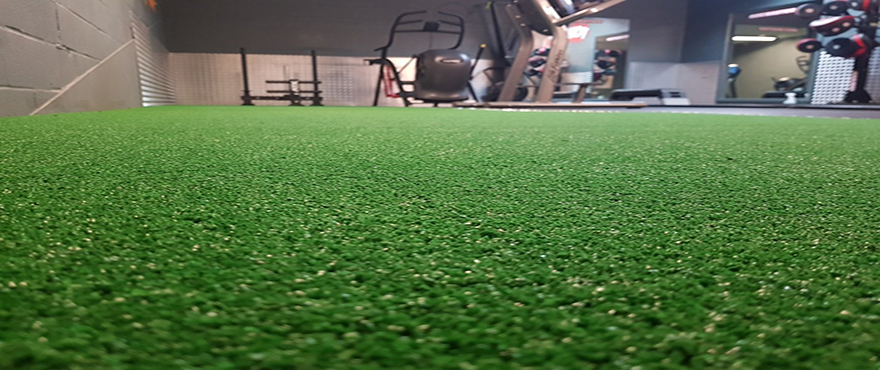Foreword
This standard is equivalent to the Japanese standard JISZ0402-88 "Test Method for Adhesion of Corrugated Paperboard".
This standard is a revised version of GB6548-86 "Corrugated board adhesive strength measurement method".
This standard is based on GB/T 1.1-1993 "Standardization Work Guide, Part 1: Drafting of the Standards and Part 1 of the Rules: Preparation of Standards".
This standard will replace GB6548-86 at the same time from the date of implementation.
This standard was proposed by China Light Industry Association.
This standard is under the jurisdiction of the National Paper Industry Standardization Technical Committee.
This standard was drafted by: China Pulp and Paper Industry Research Institute.
The main drafters of this standard: Li Lanfen and Zhang Shaoling.
Replacement GB6548-86 Corrugated fibreboard Determination of ply adhesive strength
1 Scope This standard specifies the method for the determination of the adhesive strength of corrugated cardboard.
This standard applies to the determination of the adhesive strength of various types of corrugated cardboard.
2 Reference Standards The following standards contain provisions that, through reference in this standard, constitute provisions of this standard. At the time of publication, the editions indicated were valid. All standards will be revised and all parties using this standard should explore the possibility of using the latest version of the following standards.
GB 450-89 paper and paperboard samples using GB/T6546-1998 corrugated board side pressure test method GB10739-89 pulp, paper and paperboard samples handling and test standard atmosphere
3 Test principle The golf needle attachment is inserted between the paper and the facial tissue of the sample (or between the core papers), and then the needle-shaped attachment with the sample inserted is pressed to make the relative movement of the instructions until it is separated from him. separate.
4 test equipment
4.1 The compressive strength tester shall meet the technical requirements of the compressive strength tester specified in GB6546.
4.2 The device for cutting the sample shall comply with the cutter and requirements specified in GB6546.
4.3 The attachment of the attachment is composed of the attachment of the upper part and the attachment of the lower part, and it is a device that applies uniform pressure to each adhesion part of the sample. Each accessory consists of a needle part and a support part that are equidistantly inserted into the space center of the corrugated cardboard, see Figure 1.
The degree of parallelism between the pin attachment and the support should be less than one percent.
5 Sample taking, processing and preparation
5.1 The sample is taken according to GB450.
5.2 sample processing according to GB10739.
5.3 Preparation of Samples: Ten 25 mm×80 mm samples shall be taken from the sample. The direction of the corrugation shall be consistent with the direction of the short edge. Sample size error is ±1mm.
6 Test procedure The test shall be conducted under the atmospheric conditions specified in Chapter 5.
6.1 The specimen to be tested is first loaded into the attachment, see Figure 2, and then placed in the center of the compressor's lower platen.
6.2 Start the compressor and press the attachment with the specimen at a speed of (12.5 ± 2.5) mm/min until the peak is separated from the tissue (core paper).
Record the maximum force displayed, accurate to 1N.
7 The results show that the average of all tests is calculated and then the adhesive strength of corrugated cardboard is calculated according to formula (1): P=F/L...
Where: P-bond strength, N/m
F - the maximum force required when the sample is completely separated, N;
L—Size of the long side of the specimen, m.
8 Test report The test report includes the following:
a. The number of this standard;
b. date and place of the test \ test personnel \ test unit seal;
c. Types and instructions to be tested;
d. Atmospheric conditions of the test;
e. The name and model of the instrument used. f. Report test results to the nearest three significant figures.
g. Analysis of measurement errors;
h. Other instructions related to the test results.

Gym artificial turf provides an amazingly shock absorbing flooring option, especially when installed with a pad underlayment. artificial grass can reduce pressure on the joints of athletes, which is so important when considering the safety of those practicing high-impact exercises. In addition, gym synthetic turf is slip resistant and non-abrasive. Gym synthetic grass provides a plush, real grass surface to do strength training and conditioning on. They're easy to install and will make a fresh statement to any space.
Gym Artificial Grass,Gym Artificial Turf,Gym Astro Turf Track,Fake Grass Gym
JIANGSU WMGRASS CO., LTD. , https://www.wmgrassturf.com